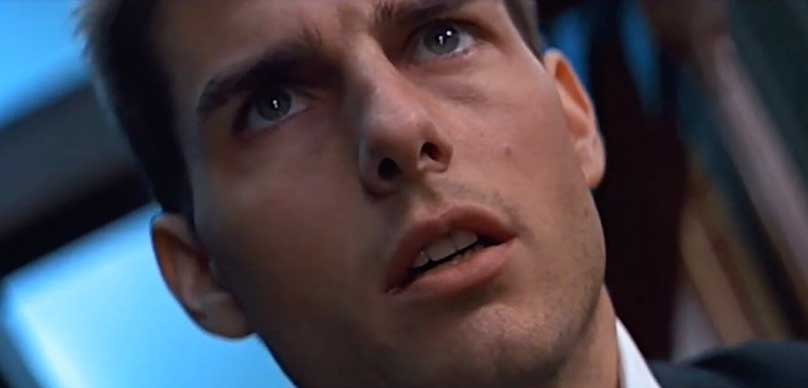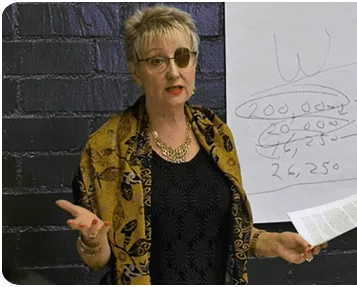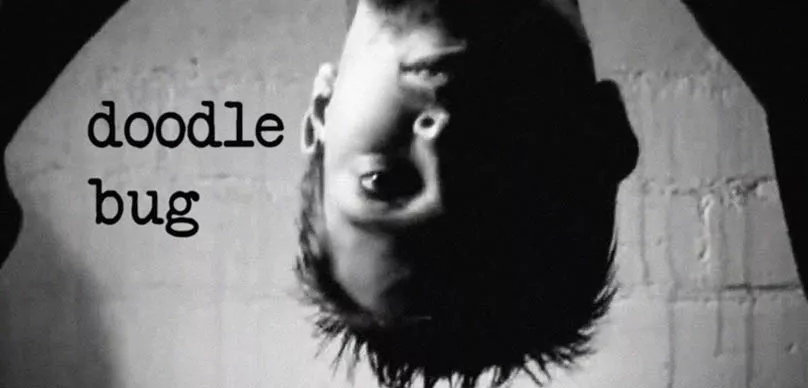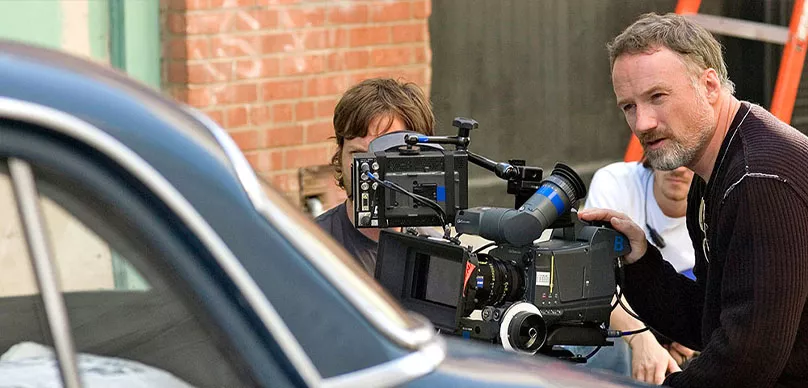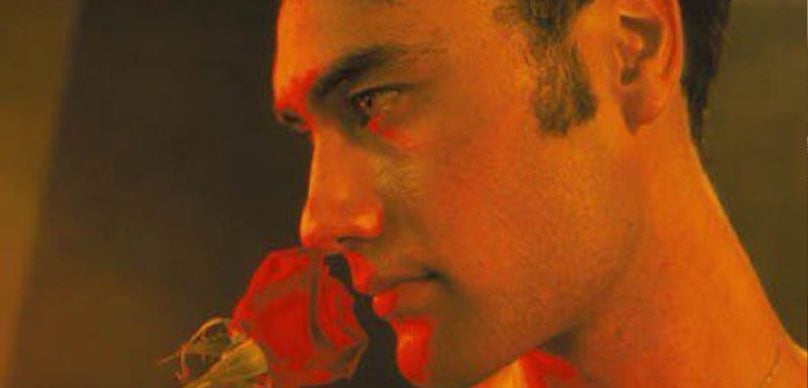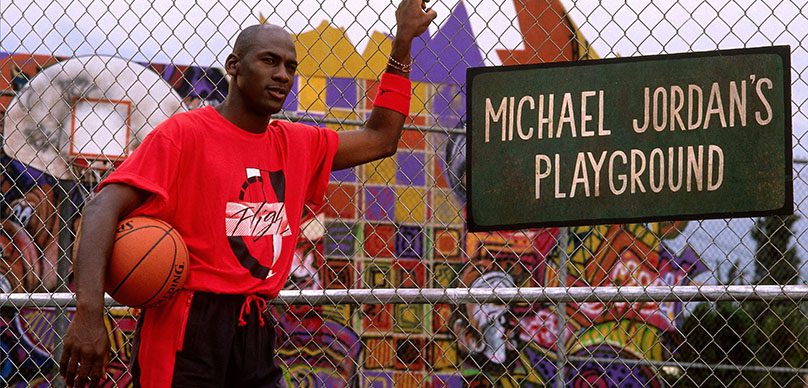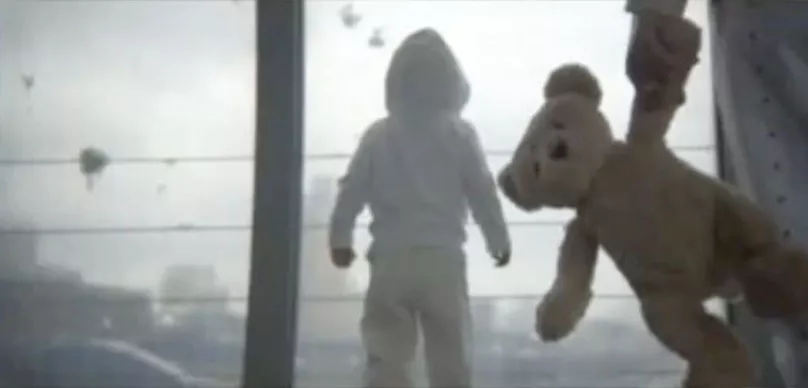The Dutch Angle or Dutch tilt is a cinematographic technique that has been used for decades to convey a sense of tension or psychological trauma in the person being filmed. It produces the same impact on the viewer. The camera is tilted at an angle that is not horizontal to the bottom of the frame of the shot.
The level of tension in the mind and emotions of the actor is indicated by a greater angle from perpendicular. The technique has changed over time to include varying angles in a series of shots. The technique also can pan through a scene at the same angle or at different angles.
The basic idea is to add to the emotional impact of what is happening on the scene. The angle of the shot can convey a huge range of additions to the content that a director wishes to present in a scene.
Fear, panic, a sense of the unseen, a sense of mental imbalance, and the feeling of threat have been very successfully portrayed with Dutch angels in many films.
Dziga Vertov is the first to have used Dutch tilt in his film Man with a Movie Camera. The German Expressionist film movement made very liberal use of the Dutch angle method to convey uneasiness, madness, disorientation, and other disquieting emotions to the audience.
The original method was changing the angle from shot to shot to convey a particular feeling. The technique changed as film making technology changed.
The terms Dutch angle and Dutch tilt are a misleading bastardization of a German word that dates from World War I.
The phrase Deutsche angle refers to a method of blockade used by the German Navy. Deutsche means German and has nothing to do with Dutch people or the Netherlands.
Many think that the phrase was coined to help German filmmakers get their films out of Germany after World War I due to the excessive restrictions on German exports.
Dutch angle has seen extensive use in film and in television. Orson Welles is noted for his brilliant use of the technique to enhance the emotional content of his films, directing, and acting.
The Resident Evil franchise has used the technique to enhance terrifying emotions and graphic violence through a series of directors. Tim Burton uses Dutch tilt to brand his films in animation and the human form.
Dutch angle gave the television viewing audience hints about what to think and feel. The original Batman series displayed every supervillain at an angle to tell the viewer that they were crooked in some way.
The original Star Trek and the whole Star Trek series used Dutch tilt to enhance science fiction and science fact effects.
A Dutch angle is an inventive method to create an offsetting feeling. The idea is to give the viewer an insight into what an actor is feeling. The subtle hint adds drama and involvement in the film.
The technique has acquired more utility over time and has broadened the scope of what can be done with Dutch tilt as technology has improved film and television.

